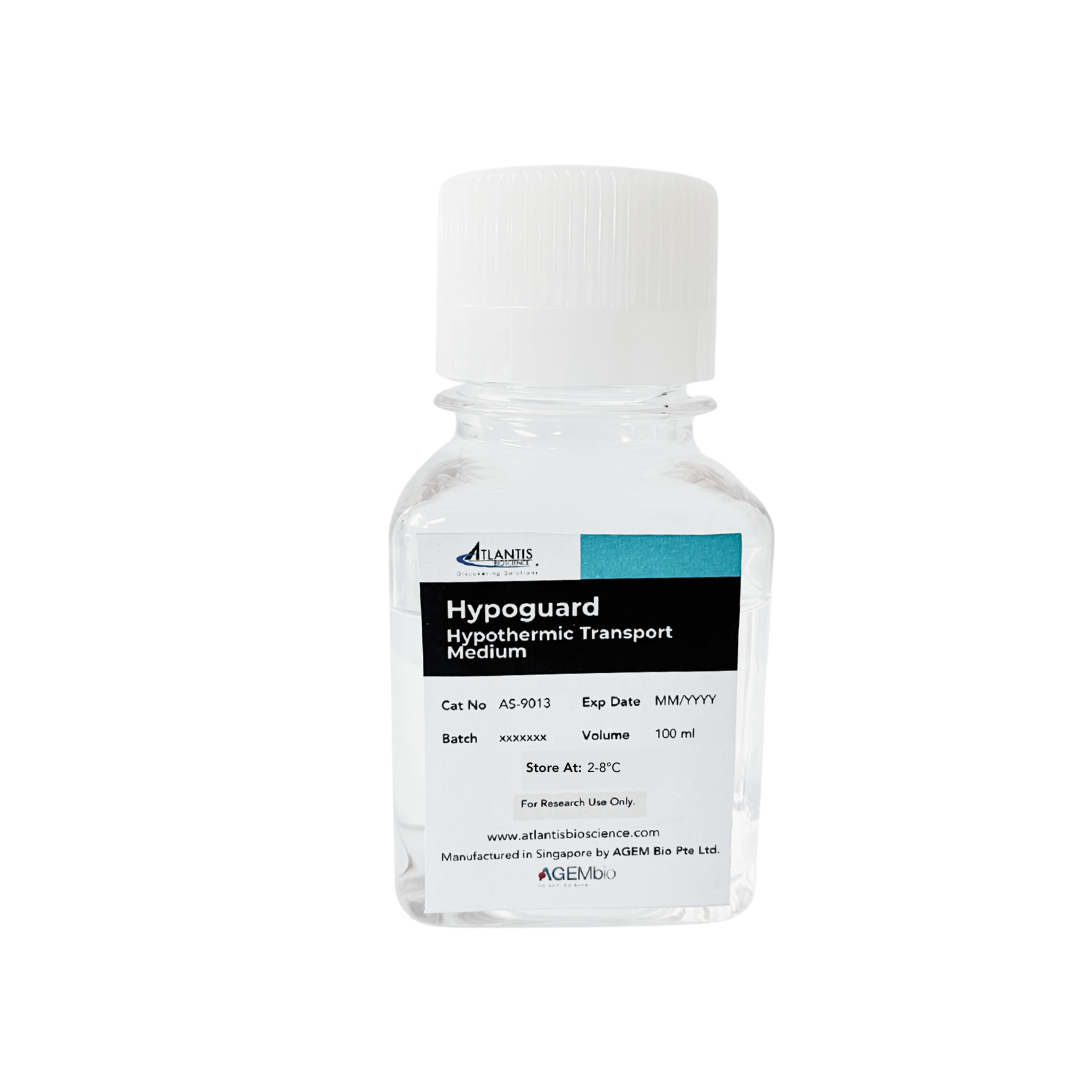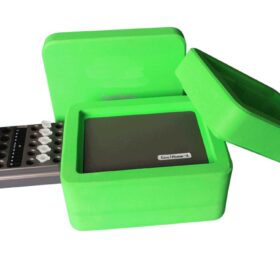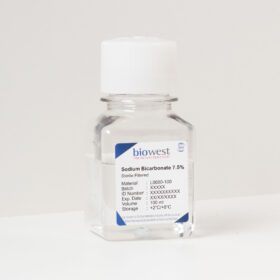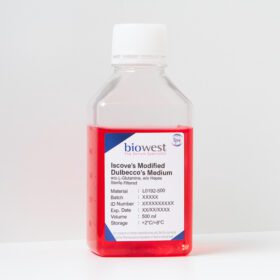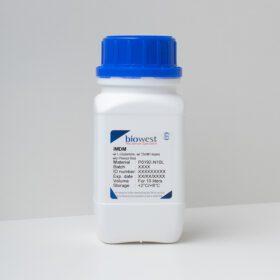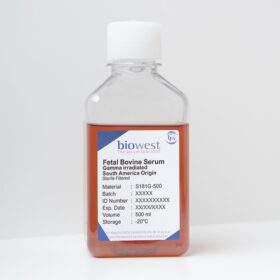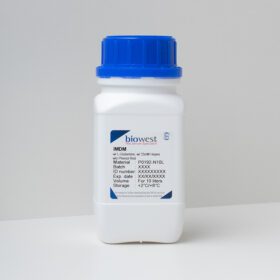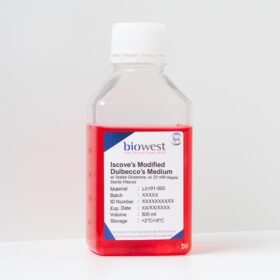HypoGuard – The Global Standard for Hypothermic Cell Transport
Validated to Preserve >95% MSC Viability for 5 Days – No Cryogenic Shipping Needed
Transporting mammalian cells without compromising viability is now easier than ever. Our chemically defined transport media is specifically designed to maintain cell health for up to 120 hours at 2-8°C, making it ideal for short-term storage or transport across labs or countries. Tested on MSCs and trusted by leading researchers and clinicians, our product is a game-changer for cell therapy and regenerative medicine applications.
Hypoguard’s Breakthrough Performance Metrics
For Mesenchymal Stem Cells (MSCs):
✔ 5-Day Cell Viability – Preserves >95% MSC viability and >70% PBMC viability at refrigerated temperatures
✔ Stable Population Doubling Time – Minimal change after 120h storage (24h vs 120h PDT)
✔ 72-Hour Concentration Stability – No cell loss during critical transit windows
For PBMCs & Immune Cells:
✔ >70% Viability at 120 Hours – Maintains critical immune cell populations
✔ Minimal Viable Cell Loss – Stable concentration for functional assays
Why We Vote Hypoguard As An Ideal Cell Transport Media For Global Researchers
1. Unmatched MSC Preservation
- 5-Day Therapeutic Readiness: Cells remain transplant-ready after cross-continental shipping
- Clinical-Grade Recovery: Meets potency release criteria for MSC therapies (ISCT standards)
2. Logistics & Cost Revolution
- Eliminates dry ice shipments (save 40-70% on transport costs)
3. Plug-and-Play Simplicity:
- Ready-to-use formulation requires minimal to no prep or special equipment
Hypoguard vs. Conventional Transport
| Parameter | HypoGuard (2-8°C) | Standard Media | Cryogenic Shipping |
|---|---|---|---|
| MSC Viability (120h) | >95% | <60% | >90%* |
| PBMC Viability (120h) | >70% | <40% | >80%* |
| Shipping Complexity | Standard Refrigerated | Standard refrigerated | Dry ice/LN₂ required |
| Regulatory Status | RUO grade is available now, GMP Grade Launching Soon | RUO & GMP grade available | – |
| *LN₂ shipping viability drops to <50% if thawed accidentally |
Who Needs HypoGuard?
- Cell Therapy Developers: Ensure therapeutic cells arrive clinic-ready anywhere in the world without cryogenic logistics – no more hazardous material declarations
- Multi-Center Clinical Trials/CROs/Biobanks: Standardize shipments across 100+ trial sites with one protocol
- Academic & Biotech Collaborations: Enable lab-to-lab cell exchanges without specialized equipment – works equally well from Singapore to Bangkok
Limited-Time Opportunity for Early Adopters
We invite you to:
- Test HypoGuard with your specific cell types
- Receive free samples (while supplies last)
- Collaborate on validation studies
Join us and leading institutions that are transitioning to Hypoguard for their cell transport needs.
Contact: [email protected]
Supporting Data
Mesenchymal Stem Cells (MSCs) are highly versatile and have been clinically used to treat various diseases, including musculoskeletal disorders, graft-versus-host disease, Crohn’s disease, and even cancer (Wu et al., 2020). The culture, expansion, and preservation processes of these cells are crucial to ensure their optimal performance. HypoGuard preserves the viability of MSCs (>95%) for up to 5 days (120 hours), and maintains cell concentration for up to 3 days (72 hours; Figure 1A). Importantly, after 120 hours of hypothermic storage, cell recovery remained optimal (Figure 1B) with minimal changes in doubling time after 24 and 120 hours of storage (Figure 1C).
Figure 1: Storage of human Mesenchymal Stem Cells in HypoGuard.(A) MSCs were harvested in suspension and stored in HypoGuard for up to 120 hours at 4°C. The graph shows the mean ± SD(n=3)of the concentration (no. of live cells/uL)and the cell viability of MSCs at each indicated time point. (B)Image of replated cells after 120 hours in storage.(C) At 24 hours and 120 hours post-storage, the cells were plated at 5000 cells/cm2 and cultured for 4 days to determine the doubling time. The graph represents the mean ± SDof three biological replicates.
Peripheral blood mononuclear cells (PBMCs), the immune cell fraction of blood, are commonly isolated for in-vitro studies. These cells are highly sensitive to environmental changes and can lose viability if not handled correctly.Figure 2 demonstrate that HypoGuard can maintain cell viability above 70% for up to 120 hours at 4°C, with minimal reduction in the concentration of viable cells.
Figure 2: Storage of human peripheral blood mononuclear cells in HypoGuard. PBMCs were harvested in suspension and stored in HypoGuard for up to 120 hours. The graph shows the mean ± SD (n=3) of the concentration(no. of live cells/uL)and thecell viability of PBMC sat each indicated time point
Protocol
- For adherent cells, detach cells from the culture surface using trypsin and transfer them to a suitable centrifuge tube. For suspension cells, aliquot cells into a centrifuge tube
- Centrifuge the cells to form a pellet.
- Discard the supernatant or spent culture medium.
- Resuspend the cell pellet in an appropriate volume of HypoGuard(recommended concentration: 1-5 x 10^6 cells/mL) and store at 2-8°C.
Product Specification
| Product Name | Hypoguard Hypothermic Transport Medium |
| SKU | AS-9013 |
| Volume | 100 mL |
| Storage Temperature | 2-8° C |

